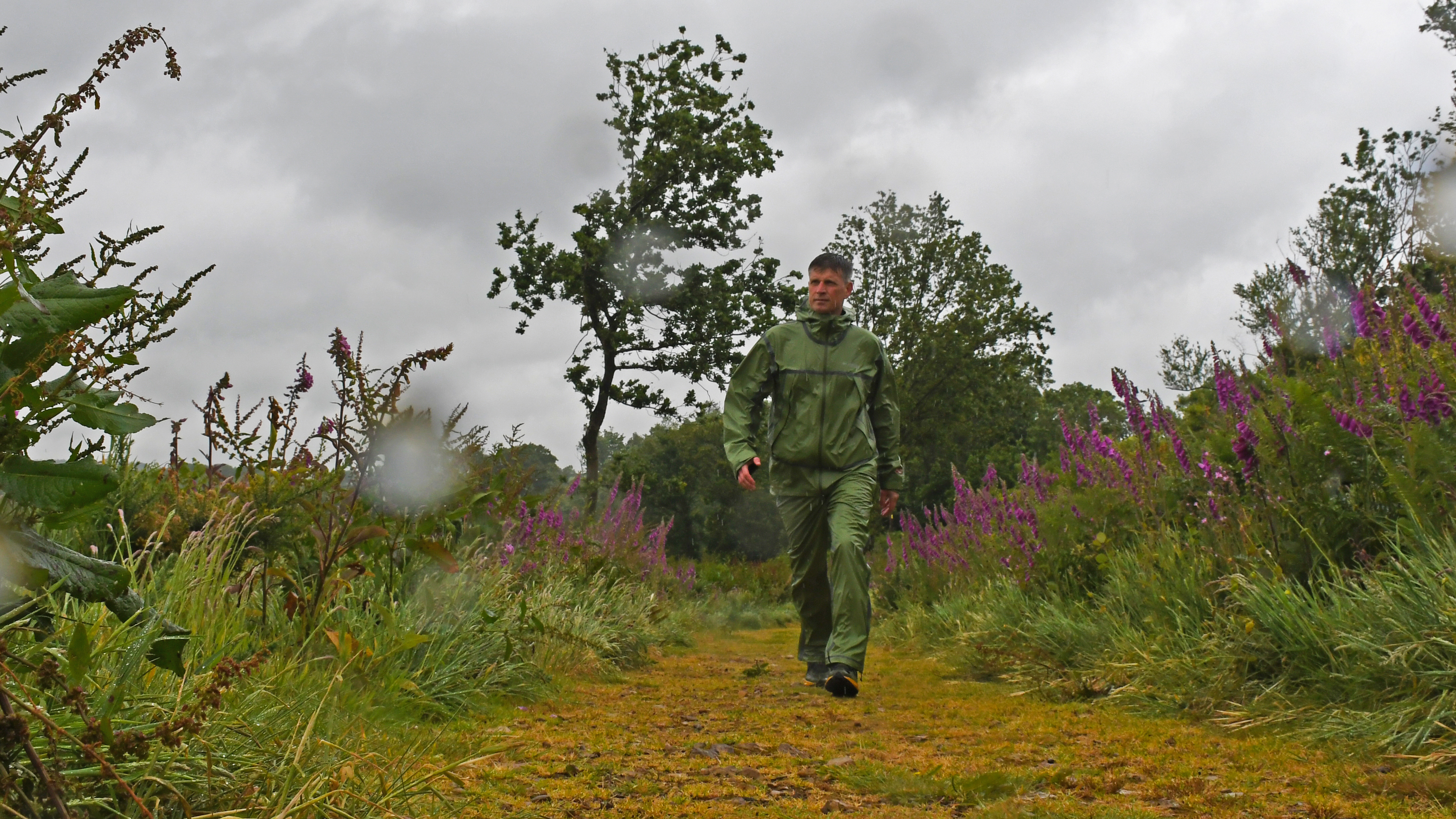
When Columbia initially launched OutDry Extreme technology – an innovative approach to deploying a waterproof and breathable membrane on the outside of shell layers – it’s fair to say the products weren’t as warmly embraced as the US brand had hoped.
The gear worked pretty much exactly as promised, but people appeared to be put off by the glossy finish, especially on the jackets. Although the technology used in the fabric was new, sophisticated and its efficacy had been proven in laboratories and during outdoor testing, the shiny material seemed to be bit too rubbery or plastic-looking, reminiscent of the old-school mackintoshes people wore before the evolution of Gore-Tex changed the game.
But if you’re serious about the outdoors, you’ll know that performance outweighs style every time, and who cares if a coat is a bit shiny? This is the sort of jacket you put on when climbing peaks and exploring hills when it’s properly tipping it down and the wind is howling, not when you’re just popping out to the pub.
So, with all this in mind, I have been testing the Columbia Wyldwood Hiking Shell in the kind of environment it was made for, to see how it compares to the best waterproof jackets on the market.
Columbia Wyldwood Waterproof Hiking Shell review
Price and availability

The Wyldwood Waterproof Hiking Shell is available for men and women now, in two colours and a full range of sizes, directly from Columbia for a recommended price of £250 in the UK, $200 in the US and €280 across the EU.
Specifications
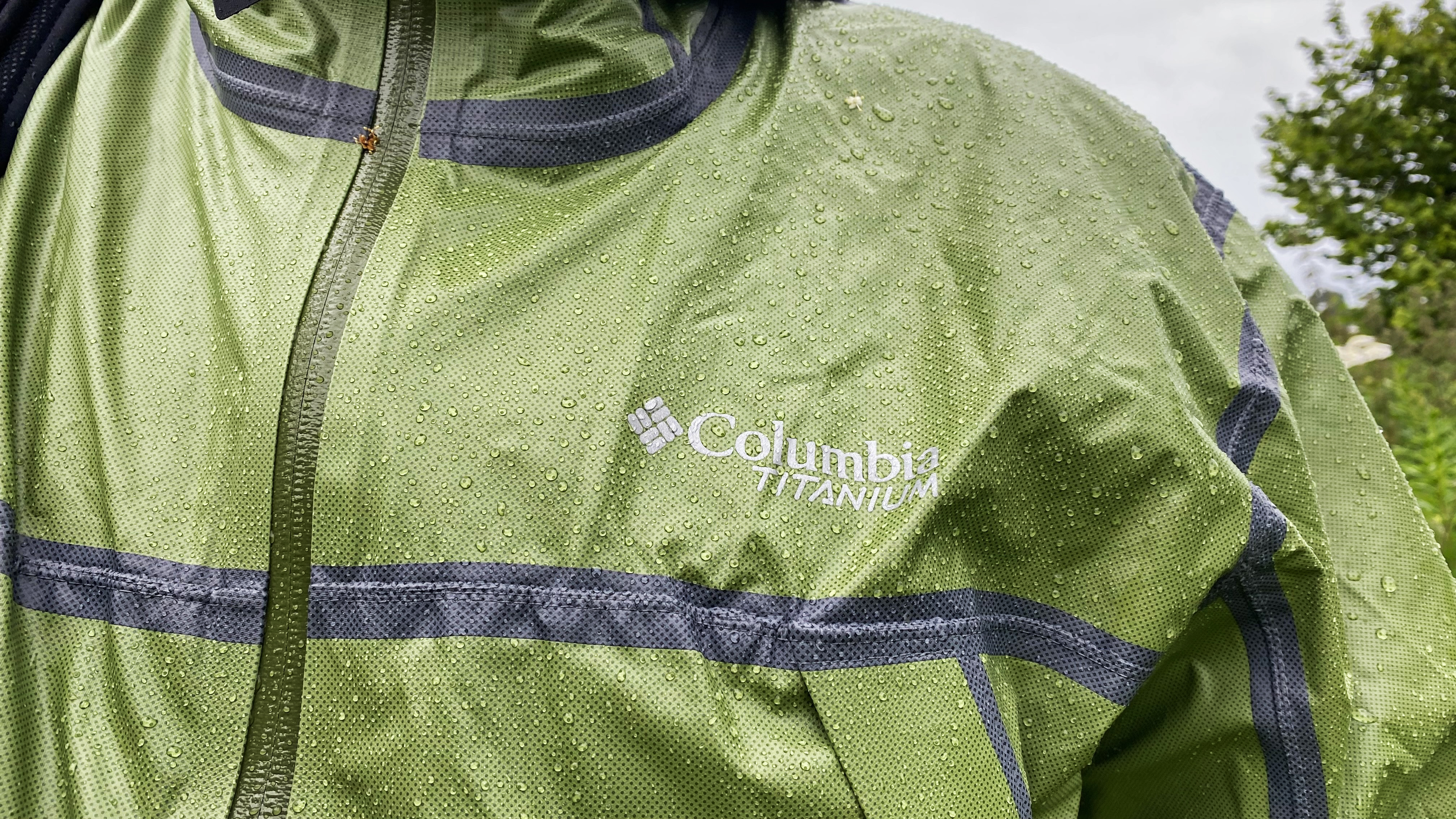
- Sizes: Men’s: Small–XXL / Women’s: XS–XL
- Weight (men’s large): 422g / 14.9oz
- Materials: 100% recycled polyester with OutDry Extreme Membrane
- Colours: Men’s: Canteen (green) / Black; Women’s: Dark stone / Black
Design and materials
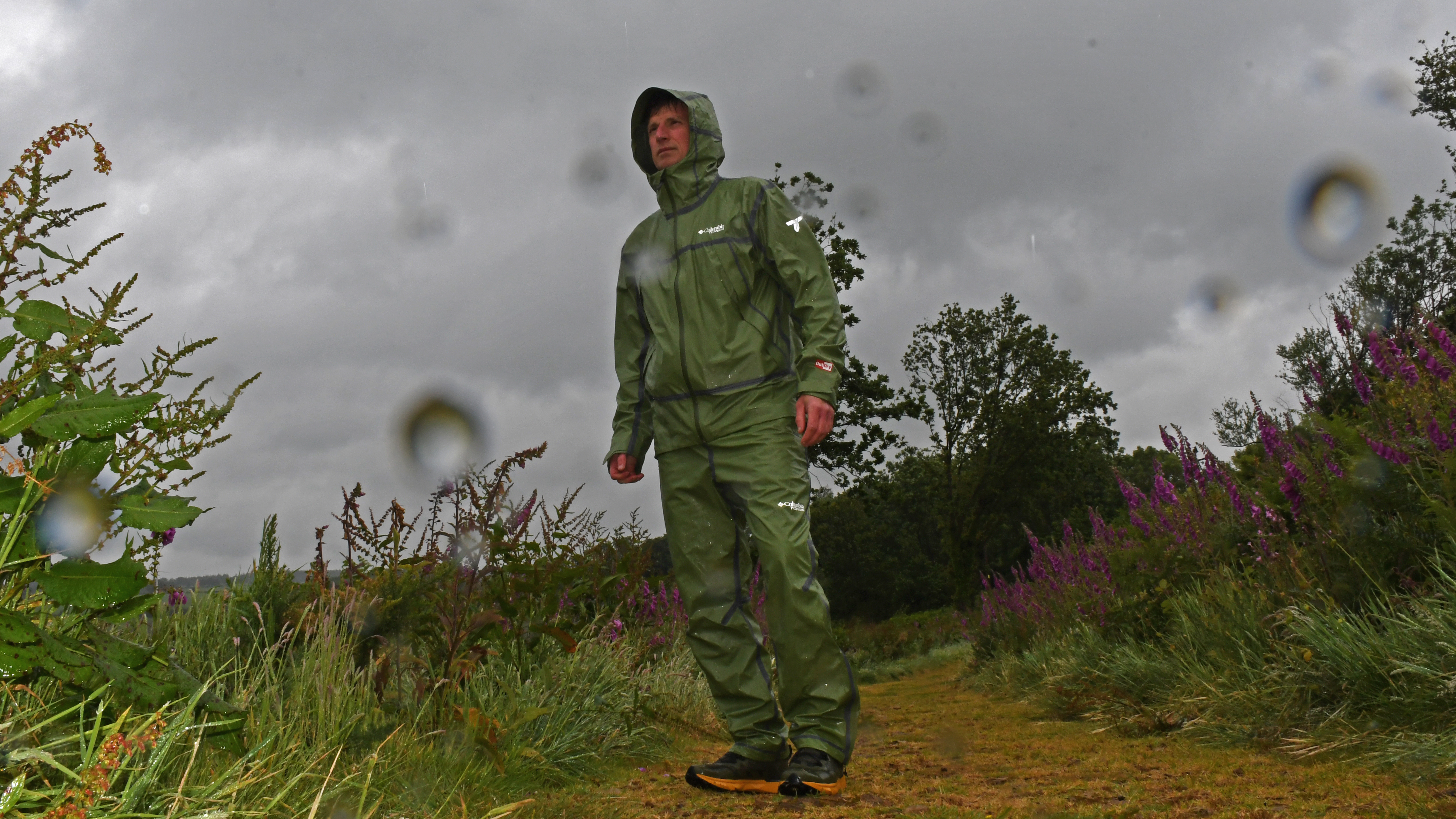
The Wyldwood is the pin-up product of Columbia’s OutDry Extreme (ODX) range in its current incarnation. I have written about OutDry Extreme in detail, so I won’t repeat myself too much here, but in a nutshell, ODX was a genuine think-outside-the-square solution to a couple of problems faced by brands making high-performance waterproof-breathable apparel for use in the outdoors: 1) the garments weren’t very breathable in various conditions, and 2) the ‘forever chemicals’ used in making the membranes and the DWR (Durable Waterproof Repellency) treatment used on the outer shell were dreadful for the environment, and were being banned in several US states and the EU (forcing even Gore-Tex to rethink their magic membrane).
The genius of the material is that, instead of sandwiching a micro-permeable membrane between an outer shell and an inner layer (as all other manufacturers of waterproof-breathable jackets have been doing since Gore-Tex gear first hit the mainstream market), with ODX, Columbia positioned a hydrophobic membrane on the outside of the garment. This means water (rain, drizzle, sleet, snow) simply runs off the jacket, and no DWR treatment is required. Also, internally generated moisture doesn’t have to immediately battle its way through a membrane. This is a massive bonus, not just in terms of performance, but also for the environment. Win win.
The only real trade off is that having the membrane on the outside (and making it strong enough to withstand coming into occasional contact with trees and rocks) results in the jacket having a decidedly shiny finish. But, as mentioned above, if it’s keeping you dry and letting your body breathe, you have to ask yourself – does this really matter?
Performance on the trails
I have been wearing the Columbia Wyldwood Waterproof Hiking Shell during the wettest spring and summer in my lifetime, and now we’re well into autumn, and the rain hasn’t stopped yet. The silver lining of all those clouds is that they have provided perfect conditions for testing a waterproof jacket, especially one that doesn’t rely so much on the existence of a high humidity differential between the outside and the inside of the garment.
Gore-Tex (and all other microporous membranes) are only really breathable in places with consistently lowish humidity (like the Alps, or Colorado – places a lot of outdoor brands hang out and do their testing), because that’s when internal-created vapour gets pushed through the membrane; in wet places like the British Lake District or Dartmoor (where I do all my best work), there is always loads of moisture in the air, and so these membranes don’t work so well. But, armed with ODX the Wyldwood has been keeping me nice and dry. And it’s not just the material, the design also comes into it, with properly sealed seams, comprehensive zip flaps and an excellent storm hood all contributing significantly to the weatherproof credentials of this jacket.
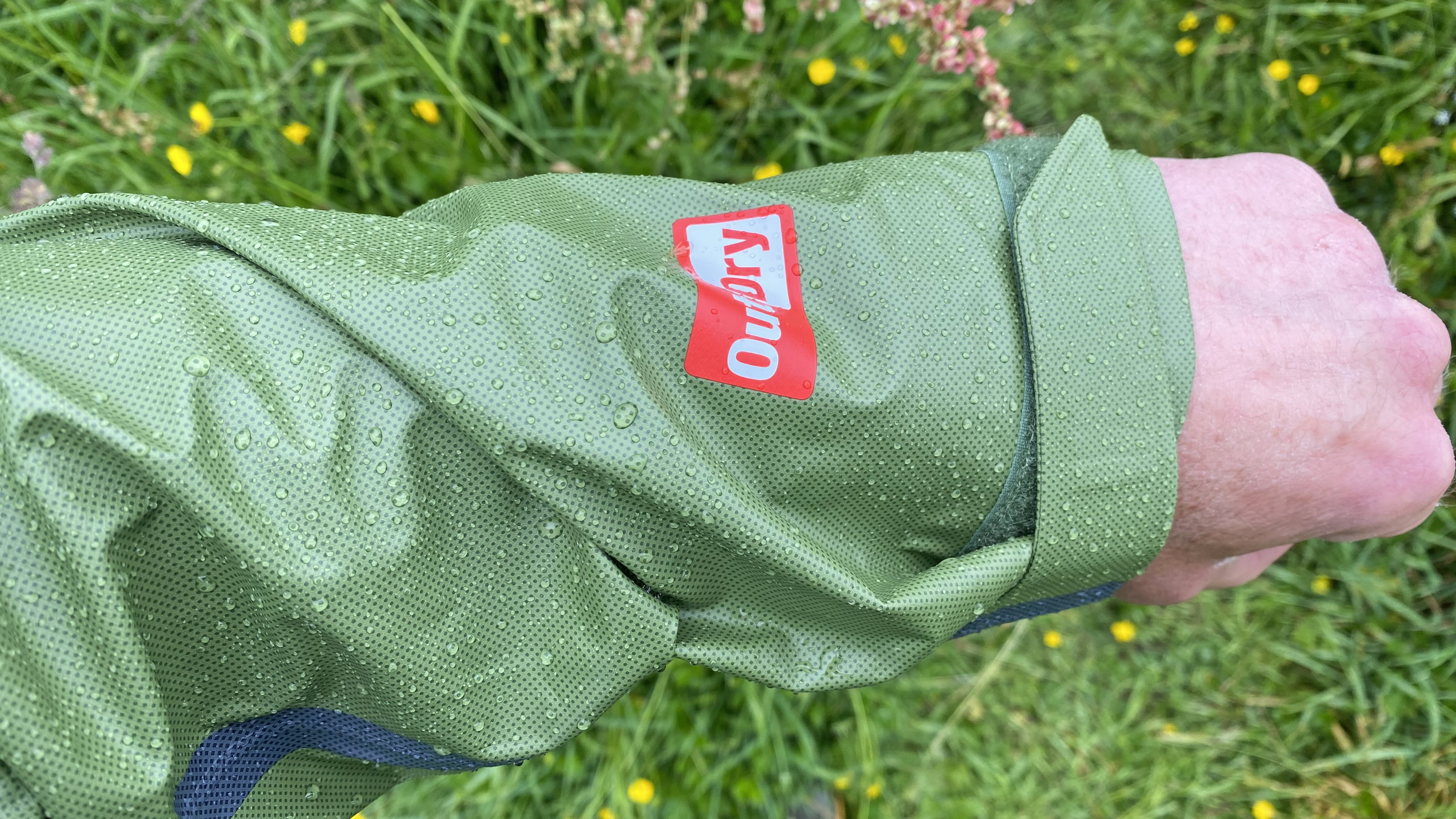
Despite the lack of pit vents (my preferred way of managing my temperature when I’m wearing a shell and hiking up hills) I have also found the Wyldwood to be reasonably breathable. It’s hard to truly assess how breathable a garment is, other than by monitoring how hot you feel and how damp your base layers get, but when I have worked up a sweat while wearing this jacket, the moisture definitely seems to have dispersed and dried up pretty well.

I could end the review there, because keeping the elements out and making sure I stay dry on the inside is really the sole job of this jacket, since – as stated – it’s not a piece of kit you’re likely to be posing in down the pub. But, there is a lot more going on with the Wyldwood than just the placement of a hydrophobic membrane. The overall design is genuinely decent. Besides the storm hood – complete with eye-protecting peak – which can be tightened to make it windproof and keep sleet and keep rain, sleet and snow out of your peepers, the high zip and chin guard also protect your lower face (while remaining comfortable).
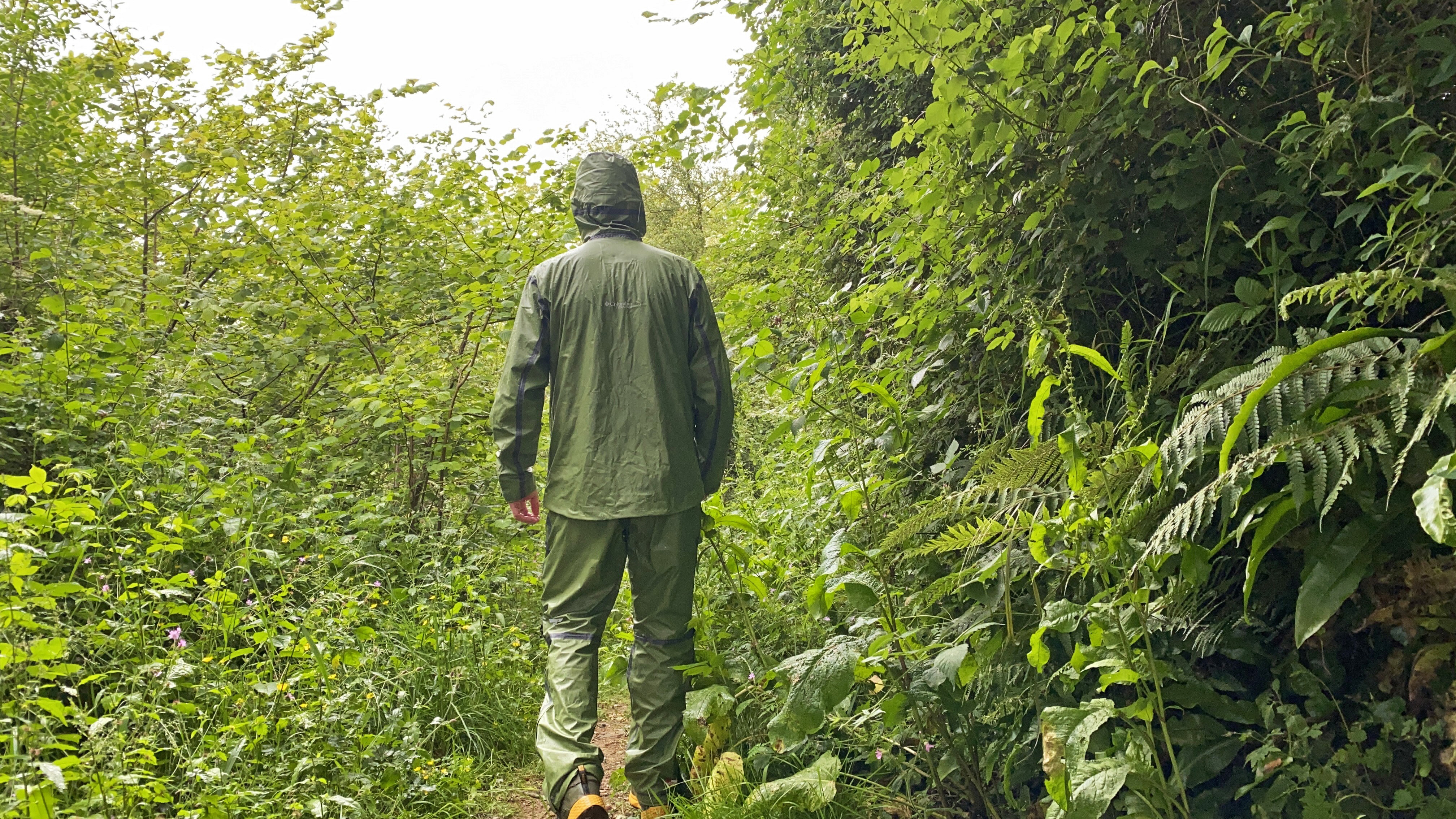
Size wise, it’s made to go over the top of a good fleece or puffer midlayer in cold weather. The cuffs are easily adjustable and can be tightened around winter hiking gloves with Velcro straps to keep breezes out, and the back panel reaches right down over your bum, to stop the top of walking trousers getting soggy. There are only two pockets, but they are generously proportioned – so much so that you can stuff the entire jacket into one of them, which makes it nice and easy (and tidy) to stuff in your hiking backpack and travel with. The jacket also has some reflective flourishes that make it a bit safer when you’re walking on dark lanes with traffic. And it’s worth mentioning that the material is nice and quiet to wear, unlike some crinkly Gore-Tex garments.
Verdict

This jacket is unlikely to be the top choice of attire for fashion-conscious people going out on the town during a drizzly evening, but when it comes to hill hiking or backpacking in sustained wet weather, it’s the coat I find myself reaching for first. It’s far from the lightest waterproof shell on the market, but neither is it too heavy, and the rock-solid protection it offers against the angrier elements means it’s worth its weight in gold. The Wyldwood is well made and has great featured, and it’s intelligently designed to be comfortable to wear while also supplying maximum coverage from wind and rain. For me, all of these factors far outweigh any sartorial concerns I might have about the material being shiny.
Also consider
If you really can’t stand the shiny finish, Columbia’s Ampli-Dry is a good alternative shell jacket with a more traditional microporous membrane, and the Mountain Equipment Makalu is an excellent and highly reliable waterproof coat. For a considerably lighter option, the new Arc’teryx Beta Lightweight Jacket is a great choice. And if you’re looking for a slightly more affordable shell that still offers good protection, check out the Jack Wolfskin Eagle Peak Jacket.







